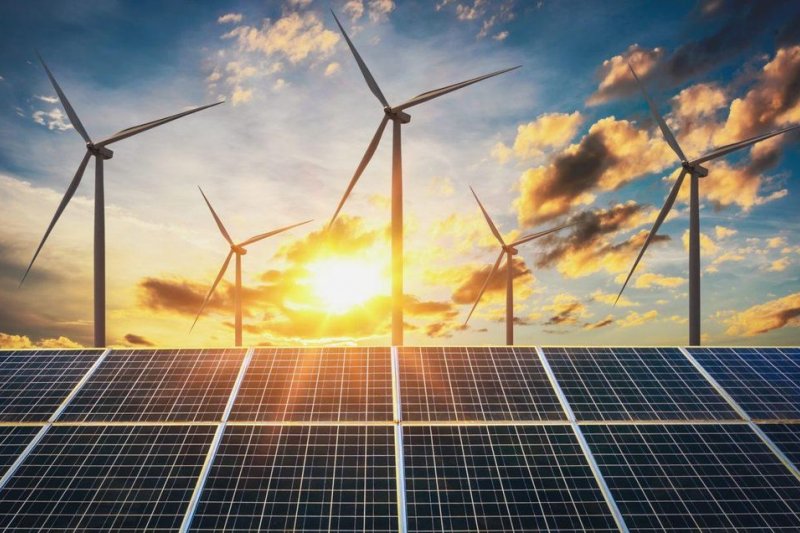Untapped Potential in Wind Power Industry
Despite an abundance of wind, Albania is still in the starting blocks when it comes to wind power generation. There are a number of stubborn obstacles to overcome, but things are at last looking up, DW reported.
The Lezha mountain range in northern Albania looks down over the Adriatic Sea. Here, in the not-too-distant future, an extensive wind farm is due to start generating power. This is an extraordinary milestone in wind power generation in a region where copious wind isn't extraordinary at all.
Albania is blessed with hundreds of superlative locations for both on- and offshore wind power generation yet sadly, nowhere in all of Albania – neither on land nor off its 345- km-long (215-mile-long) coastline, is a single turbine churning the wind to produce energy.
In April this year, the Albanian government finally gave Biopower Green Energy and Marseglia Group, an Albanian-Italian venture, the go-ahead for Albania's first ever onshore wind project.
Once in operation in the Lezha mountains, 39 turbines worth Euro 244 million will pack a capacity of 234 MW, covering about 1% of the country's electricity needs. The project, which began back in 2008, took a laborious 13 years to begin construction. But now it is in progress, and electricity is expected to flow sometime next year.
To Albania's credit, its power supply has the distinction of coming almost completely from renewables, or to be more accurate, from one particular renewable energy source: coursing water.
Albania hosts major river systems, among them the powerful Drin, which boasts hydroelectric plants that account for around three-quarters of the country's total capacity.
Despite the decades-long efforts of both foreign and domestic companies, and prodding from international governments, the effort to make use of Albania's prodigious wind has stalled again and again. There are many different reasons for this, say insiders: the dominant hydropower lobby, excessive red tape, an insufficient market, and an outmoded grid.
But it looks as if the logjam will finally be broken with the Lezha project. In 2021, the government opened bidding for another 100 MW of onshore wind power plants.
As for offshore parks, five Turkish companies have submitted applications to build wind parks with capacities of about 10 MW apiece on the Karaburun Peninsula in Vlora, in southern Albania.
While this movement is welcome, it only scratches the surface of Albania's vast potential in this field. The International Renewable Energy Agency (IRENA) estimates Albania's solar and wind potential at over seven gigawatts: more than three times the country's total generation capacity. The IRENA report claims that the country could deploy 600 MW of wind and solar power by 2030.
Before private sector firms can get the permission they need to get their wind projects off the ground, they have to overcome a series of hurdles including getting preliminary approval, acquiring an array of permits, conducting costly technical feasibility studies and providing financial guarantees.
Enerjan Gremi, an energy developer, complains that the procedural requirements are much too onerous. He's been struggling for years to get five wind power projects started.
Another difficulty is the financial viability of wind projects. The price of power from wind farms with an installed capacity of up to 3 MW, set by the Albanian Energy Regulatory Authority, is about Euro 76. In contrast – and here the clout of the hydropower sector becomes clear – the price of a megawatt of hydroelectric power is half that. This makes wind-generated power much less competitive on the Albanian power market.













